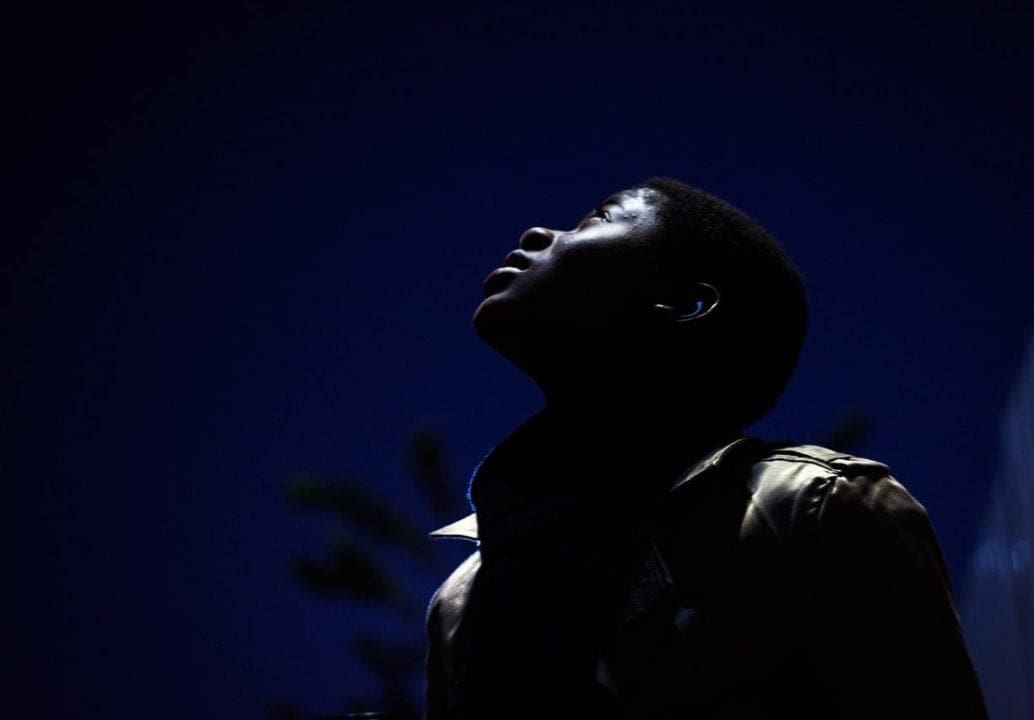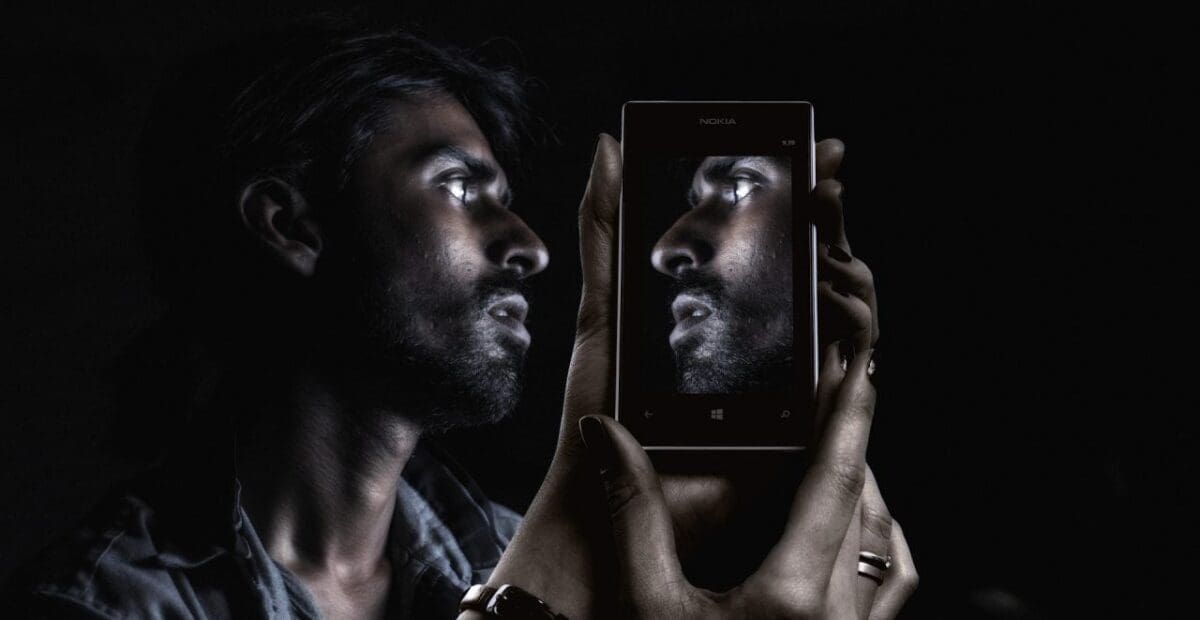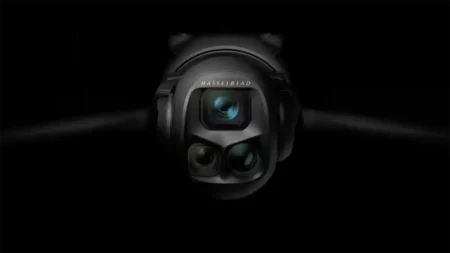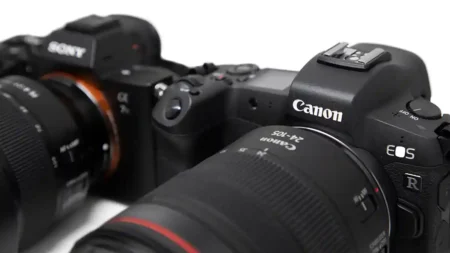The autofocusing systems on modern cameras typically do a good job of quickly bringing subjects into focus, but they’re certainly not perfect. Take a look at these solutions to common focusing problems.
Camera focusing tips: 01 Camera focuses on the wrong subject
It may be easier to let your camera decide where to focus, but you could run into some problems. Usually your camera determines the subject to be whatever is closest to the lens and near the centre of the frame.
This may work out just fine in some situations, but if there are objects between your subject and the camera or if your subject is off-centre then your camera get confused and not focus where you want it to.
You can avoid this issue by setting the AF point manually. Look for an option on your camera called Single-point or Flexible-spot AF mode (refer to your manual to find out what the option is called on your camera).
Use the control button to activate the option once it’s set and then use the navigation controls to choose the AF point that overlies your subject.
SEE MORE: Camera cleaning tips: the wrong (and right) ways to maintain your gear

Camera focusing tips: 02 Not enough light
Light deficiency is one of the biggest issues with standard autofocusing systems. The camera cannot focus the lens if the subject is not clearly visible. While your camera may have an AF assist light to help in low light situations its reach is likely quite restricted.
Using a torch or other light source to illuminate your subject is one way help your camera focus. Turn off the light once the subject is sharp and set the camera to manual focus mode to stop the camera from trying to refocus on the subject when you press the shutter release.
You could also just use manual focus, although you may find that extra light is still required in this mode too.
One reason why top-end cameras and lenses come with such high price tags is that they boast extremely sensitive AF systems and large maximum apertures such as f/2.8 and f/2.0.
More light can reach the camera’s AF system through these large apertures which, when partnered with an extra-sensitive AF system, produces images that are sharp even in very low light.
SEE MORE: Manual focus: 3 modern technologies that make sharp images easier
Camera focusing tips: 03 Contrast too low
Even in ideal lighting the autofocus system has to perceive some sort of edging or contrast in order to focus on a subject. Try choosing an AF point that is over an area of contrast if you find your camera is having trouble locking on.
Phase detection AF systems use either linear or cross-type AF points. Linear AF points can only detect contrast in one direction while cross-type AF points can detect contrast in both vertical and horizontal dimensions, making them more sensitive.
Even lower tier DSLR cameras typically have a cross-type AF point in the centre of the image frame, so this point is frequently a good choice for the ‘focus-and-recompose’ technique.
SEE MORE: ISO in Photography: what it is and when to use your higher settings
Camera focusing tips: 04 Subject too close
Compact cameras and camera phones generally allow you to position yourself much closer to your subject when focusing than do compact system cameras and SLRs. You may need to move back a bit, then, if you’re camera is unable to focus on a nearby subject.
The longer the focal length of the lens, the closer the focusing distance will be. This means that a wide-angle lens may provide better focus than the telephoto end of your zoom lens (however the images will look quite different from one another).
Even when a lens has close enough focusing for a subject, it may be the case that the autofocus system will continue to try and adjust focus. If this happens your best bet is to focus the lens yourself in manual focus mode.
Sometimes it’s easier to adjust the lens to its closest focusing point and then move the camera forwards or backwards until the subject is sharp.
Camera focusing tips: 05 Inaccurate manual focusing
While many photographers exalt the optical viewfinder, it can sometimes still be hard to perceive enough detail required to get a subject sharp.
Fortunately, Live View mode has solved that problem. SLRs allow you to magnify the view of the image you’ve composed on the screen so you can see fine detail while you focus the lens. The camera can also apply gain in low-light situations to make the scene easier to see.
Mirrorless cameras use a full-time live view system and to help with focusing there’s usually a magnified view in the electronic viewfinder (if the camera has one) or the main screen.
SEE MORE: 6 photography composition techniques for more creative images

Camera focusing tips: 06 Camera fails to adjust focus when subject moves
When the camera is in Single-AF mode the lens will focus when the shutter release is half-pressed and it will make no further adjustments as long as the button remains held down.
This setting is perfect when using the ‘focus-and-recompose’ method and shooting still objects because it won’t refocus unless the button is released and half-pressed again.
However, the camera won’t adjust for changes in distance between the subject and the camera after the initial focus is made so the subject won’t be sharp.
Continuous AF mode is a good choice for moving subjects because the camera will focus and make adjustments for as long as the shutter release is half-pressed.
Camera focusing tips: 07 No AF point over the subject
If there is no AF point directly over the subject you’ll have to use the ‘focus-and-recompose’ method we mentioned before. The camera should be set to Single-AF mode (not continuous) prior to selecting an appropriate AF point (the centre point is the most sensitive).
You’ll then want to position that point over the subject and give the shutter release a half-press to focus lens.
Finally, with the shutter release still half-pressed, recompose the image and press the button down all the way to take your shot.
READ MORE
6 beginner photography techniques you can use forever
8 camera tricks to save you time with your photography



